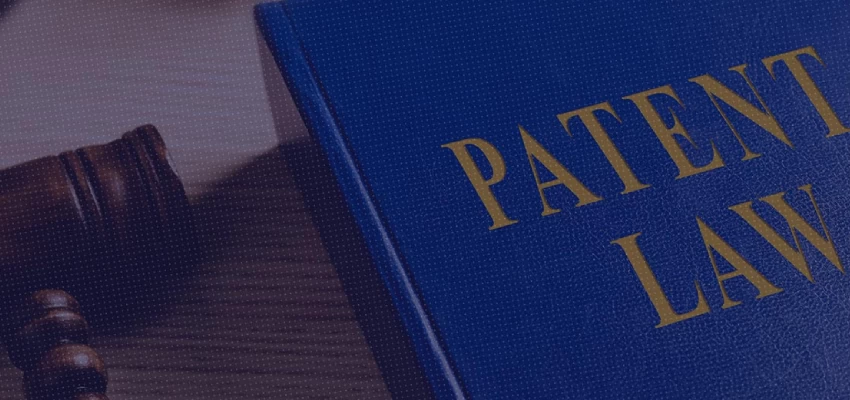The previous article published in our firm’s IPR Amicus, Issue No. 135 (December 2022)[1] highlighted evolving jurisprudence and the principles for filing divisional applications in India as laid out by the erstwhile Intellectual Property Appellate Board (‘IPAB’) and the Delhi High Court.
A key prerequisite for filing a divisional application, as mentioned in the previous article, is that the presence of plurality of invention has to exist, not just in the specification, but also in the claims of the parent (first mentioned) application.
This prerequisite can be clearly drawn from the following orders:
(1) Order No. OA/66/2020/PT/DEL dated 27 October 2020, of IPAB, Esco Corporation v. Controller of Patents & Designs[2];
(2) Order No. OA/3/2015/PT/MUM dated 27 October 2020, of IPAB, UCB Pharma S.A. v. Controller of Patents & Designs[3]; and
(3) Boehringer Ingelheim International GMBH v. The Controller of Patents & Anr., dated 12 July 2022, of the Delhi High Court[4].
Emphasis is drawn on to some excerpts of the above-mentioned orders:
- Esco Corporation v. Controller of Patents & Designs, dated 27 October 2020 (Order No. OA/66/2020/PT/DEL):
"10. Therefore, looking at the provisions of law and the settled practices, we reach the following conclusions that a patent application can only be divided, if it claims more than ‘one invention’. ……"
"14.2 "The claims of divisional application shall have their route in the first mentioned (parent) application. ……"
- UCB Pharma S.A. v. Controller of Patents & Designs, dated 27 October 2020 (Order No. OA/3/2015/PT/MUM):
"10.10 Further the appellant have submitted through table 2 above that only claims 1, 5, and 6 of the amended divisional application had their routes in the claims of parent application; the other claims such as 13-15,16,17,18,21,24 and 26 were newly added in the body of the claim and their basis in the description is shown in the table."
"10.14 Therefore, addition of new claims from the description, which were not present in the body of the parent claims, cannot form part the divisional application, as per the teachings of Section 16 of the Patents Act, 1970."
- Boehringer Ingelheim International GMBH v. The Controller of Patents & Anr., dated 12 July 2022
This order of Delhi High Court takes into consideration the principle laid down by the erstwhile IPAB in the decision of Esco Corporation v. Controller of Patents & Designs, decided on 27 October 2020. Said order of the Delhi High Court recites the following:
"30. …… But what is crucial to note, is the fact that the invention itself is defined in the claims. While such claims do have to be based on the disclosure in the specification, however even if a person does not read the complete specification and wishes to identify the invention, the place to look for it is in the ‘Claims’. The Invention thus resides in the Claims. Accordingly, "unity of the invention"/ "plurality of inventions" and whether they form a "single inventive concept" has to be gleaned from a reading of the claims."
"31. ……, it is clear that under Section 16 of the Act, the "plurality of inventions" should clearly exist in the claims of the original parent application and within the scope of the specification of the parent application. Therefore, under Section 16, the question of whether the claims of the complete specification relate to more than invention i.e., a "plurality of inventions" has to be seen from the claims of the parent application. Obviously, the claims in turn, have to be based on the disclosure in the specification. ……"
From the above-mentioned excerpts, it is abundantly clear that a divisional application can be filed when the claims of the parent application include a plurality of inventions.
However, the requirement that the claims of a divisional application have to be based on, more particularly, to have their route, or to be gleaned from, or clearly exist in, the claims of the parent application, appears to be a unique one and such a requirement is not seen in other major jurisdictions, such as Europe or the USA. While this requirement appears to somewhat narrow the scope of assessment of divisional claims, issues such as whether claims of a divisional application ought to be verbatim supported, or directly supported, or broadly supported, in the claims of the parent application, are open for discussion and adjudication.
[The authors are Senior Patent Analyst and Director, respectively, in IPR practice at Lakshmikumaran & Sridharan, New Delhi]
- [1] https://www.lakshmisri.com/insights/articles/divisional-application-in-india-evolving-jurisprudence/
- [2] OA/66/2020 PT/DEL dated 27 October 2020, of IPAB, Esco Corporation v. Controller of Patents & Designs
- [3] OA/3/2015/PT/MUM dated 27 October 2020, of IPAB, UCB Pharma S.A. v. Controller of Patents & Designs
- [4] C.A. (COMM.IPD-PAT) 295/2022 & I.As.10369-70/2022 Boehringer Ingelheim International GMBH v. The Controller of Patents & Anr., dated 12 July 2022, of Delhi High Court











